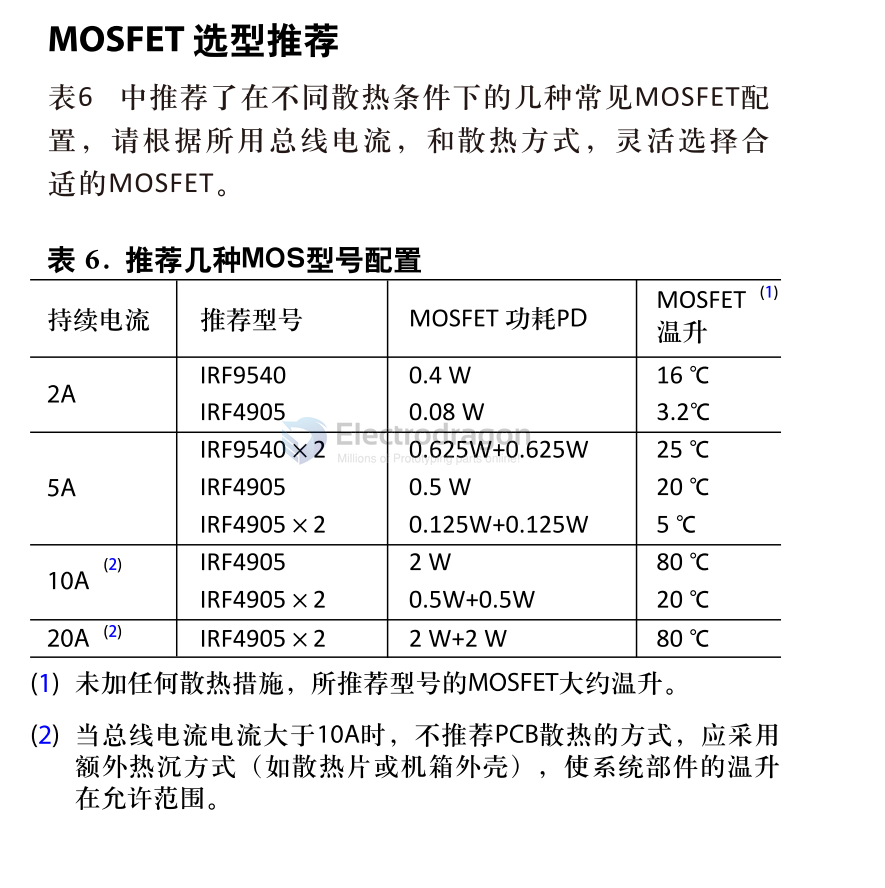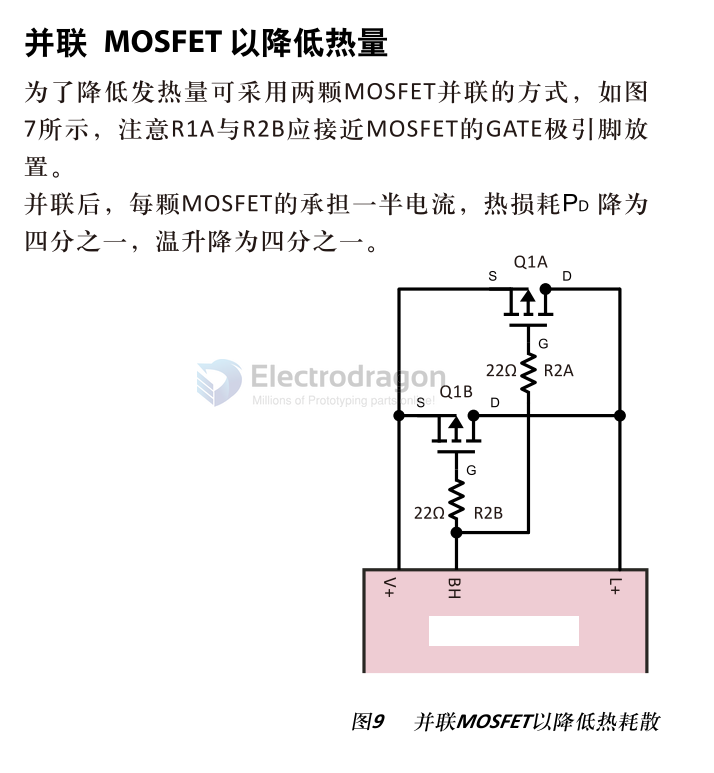model selections
| Model | Mark | Manufacturers | Id | Package | CH type | Descriptions |
|---|---|---|---|---|---|---|
| AOD403 | D403 | AOSMD-dat | 40A | TO-252 | N | 40V N-Channel MOSFET |
| AOD4184A | 4184 | AOSMD-dat | 50A | TO-252 | N | 40V N-Channel MOSFET |
| IRF540N | 540N | Infineon-dat | 33A | TO-220AB | N | 100V N-Channel MOSFET |
| NCE6050 | ncepower-dat | 50A | TO-252-2 | N | 60V N-Channel Enhancement Mode Power MOSFET | |
| AO3401 | A19T | AOSMD-dat | 4.3A | SOT-23 | P | 30V P-Channel MOSFET |
| 2N7002 | 7002 | NXP-dat | 115mA | SOT-23 | N | 60V N-Channel MOSFET |
| SI2300 | Vishay-dat | 2.8A | SOT-23 | P | 20V P-Channel MOSFET | |
| SI2301 | Vishay-dat | 2.8A | SOT-23 | P | 20V P-Channel MOSFET | |
| SI2302 | Vishay-dat | 3.1A | SOT-23 | N | 20V N-Channel MOSFET | |
| SI2307 | Vishay-dat | 3.7A | SOT-23 | N | 30V N-Channel MOSFET | |
| IR F5305 | 5305 | Infineon-dat | 31A | TO-220AB | P | 55V P-Channel MOSFET |
| IR FR1205 | Infineon-dat | 33A | D2PAK | N | 55V N-Channel MOSFET |
-
AO3406
dual channel
| Model | Mark | Manufactuers | Descriptions |
|---|---|---|---|
| IRF8313 | Infineon-dat |
high power mosfet

circuit guides
load switching

Power switching is better with N-type devices
Because N-type transistors in general can carry more current than P-types, they are preferable for switching heavy loads. Low-side switching with N-type devices is easier than high-side switching and can often be done by microcontroller ports without the need for special drivers.
Using an N-type transistor for high-side switching is possible but requires a control voltage higher than the load voltage connected to the source/emitter. Some sort of charge pump is needed to pull the gate/base above the source/emitter voltage. This complicates the design, not only making it more expensive but also increasing its sensitivity to noise and interference. Controlling such a high-side switch using PWM can be problematic because of the charge pump.
- ref - https://www.elektormagazine.com/articles/high-side-low-side-switching
Parallel using Mosfet for higher performance

P-mosfet
| gate | status | source | drain |
|---|---|---|---|
| OFF | ON | - | - |
| ON | OFF | - | - |